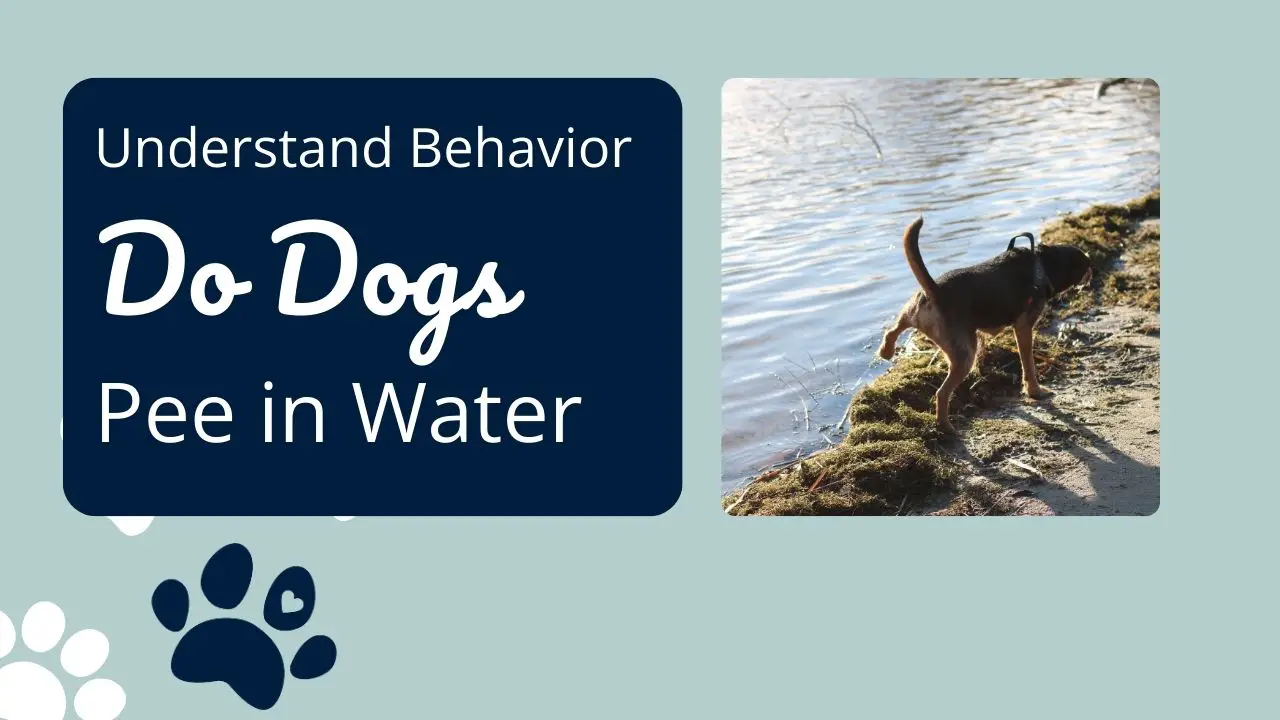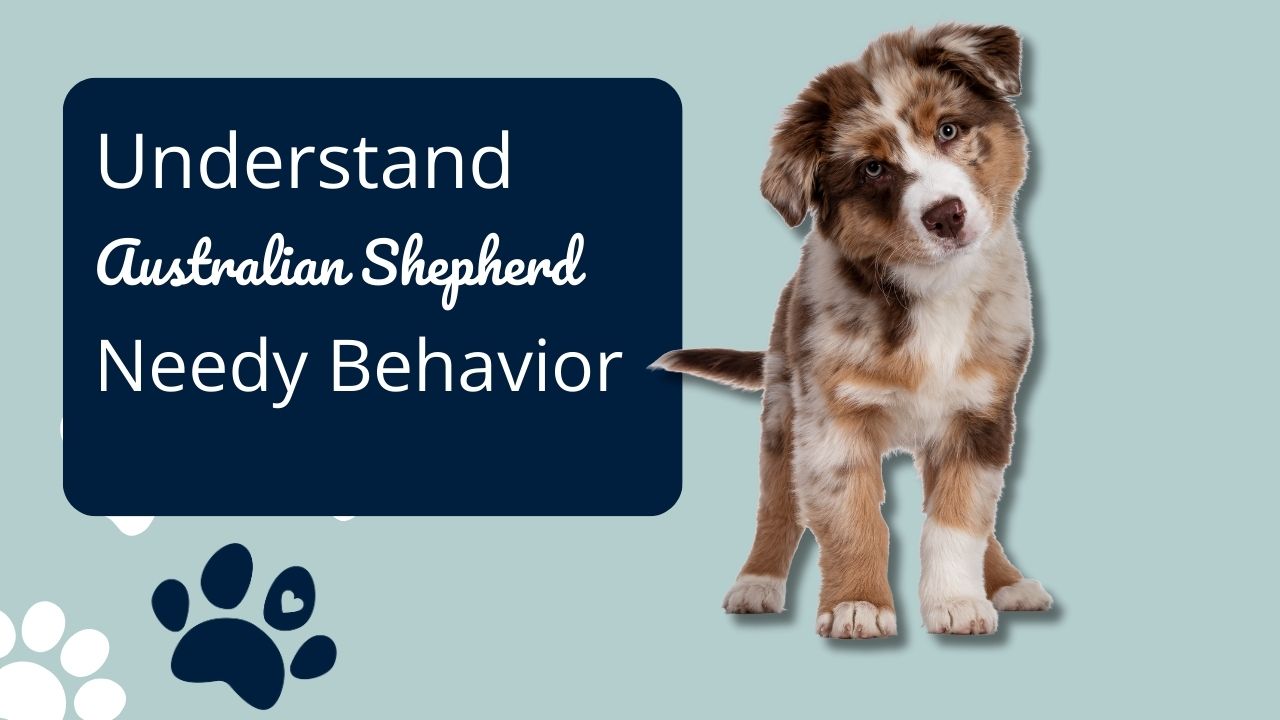Scooch over, Fido! Does your dog take up the whole bed? You’re not alone. In this lighthearted look at why dogs like to sleep on entire beds, “Dogs occupy the entire bed seeking warmth, comfort, and a sense of security. Sideways sprawl aids in temperature regulation and relaxation, reflecting a strong bond within the family.”
In this blog post, we’ll get into the minds of our four-legged bed hogs and unravel the mystery behind this quintessential canine sleeping behavior. We’ll explore the science behind why dogs love to stretch out, whether it stems from their ancestral instincts, and pro tips for achieving peaceful co-sleeping harmony.
Reasons Behind a Dog Take Up The Whole Bed
Why does your four-legged friend insist on sprawling out across your entire mattress, relegating you to a tiny sliver of bed real estate? This common quandary has perplexed dog owners for ages. In this section, we’ll explore the reasons why your dog wants to sleep like taking a whole bed or the center of the bed and it may you almost off the bed.
Bonding and Warmth
As social pack animals at heart, dogs have an innate desire to bond with their human families. They take comfort in closeness, whether it’s snuggling up on the couch or sprawling across your bed at night. The warmth and coziness of these spaces nurture your pup, making them feel safe, loved, and protected. By cuddling into your side under the covers or resting their head on your lap mid-movie, your dog is communicating their total contentment and trust in you.
Allowing and reciprocating this affection deepens your connection while meeting vital emotional needs and understanding the emotional triggers. At day’s end, the best spot for a tired, devoted dog to recharge will always be alongside their favorite human’s comforting presence. So the next time your bed buddy cozies up without an invite, recognize it as a heartwarming gesture of puppy love.
Dominance and Control on Entire Bed
Dog likes to sleep on the bed with humans and the dog may take up the whole bed. By defiantly sprawling across the whole mattress, your pup is staking a claim and exerting its dominance over what it sees as its rightful territory. This alpha behavior serves as a reminder that they are the top dog in your pack, able to control and monopolize prime real estate.
Even the mellowest mixed breed may succumb to resource guarding when a coveted bed is up for grabs. So if you want a peaceful night’s sleep, be prepared to set some boundaries. Train your pup to only access part of the bed upon request, gently correcting oversteps. With consistency, you can teach respect for personal space without crushing their noble spirit.
Canine Comfort and Affection
Our beds provide the warm, soft haven dogs instinctively seek. As pack animals, close contact with their humans while sleeping strengthens their bond and sense of belonging. Meanwhile, the height of a bed can offer security dogs feel protected from threats when tucked under blankets atop a mattress.
Simply put, being on the bed allows your pooch to feel safe, loved, and connected. Understanding these natural canine instincts is the first step to compromising on sharing space. Focus on positive reinforcement like treats instead of physically moving your dog. With patience, you can teach boundaries while still letting your pup enjoy the comforts they crave.
Habit and Preference
For four-legged bed hogs, conquering mattresses is not always a dominance ploy, but simply a preferred sleeping habit. Once a pup has enjoyed the full run of your cozy covers, denying them the same privilege feels confusing and unfair. Your willingness to accommodate this behavior in the past reinforces their expectation of unlimited bed access. A Guide to Effective Behavioral Down Training.
Moreover, the familiar comfort of your sheets and pillows aligned with your soothing scent offers the ultimate nap destination as far as your dog is concerned. Without an equally enticing alternative rest area, they will opt to reclaim their spot snuggled alongside you by default. Providing an equally cushy dog bed while remaining consistent in enforcing boundaries can pave the way for peaceful shared sleeping quarters.
Reclaiming Your Sleeping Space: Strategies to Curb Your Dog’s Bed Hogging
Does your dog’s bed-hogging drive you to the brink of sleepless frustration each night? Though curled up cutely, their mattress monopolizing denies you a good night’s rest. Fortunately, with consistent training and by providing appealing alternatives to your bed, you can stop your dog from this habit. This section outlines simple, positive strategies to establish boundaries and reclaim sleeping space from four-legged bed hogs. Sweet dreams ahead!
Designated Sleeping Areas
Sharing your bed with a four-legged mattress hog can feel cramped. The solution lies in offering your pup an equally enticing sleep space of their own nearby. Choose a supportive orthopedic dog bed with fluffy bolsters and their favorite blankie to mimic the comfort of your covers. Initially, actively guide and reward your dog each time they choose their designated rest area with praise or treats.
You can also try placing the new bed alongside yours first before gradually moving it to the preferred location in your room. Be patient with consistency, your furry bedfellow will transition to happily curling up contentedly in their own bed when sleepy. By gently reinforcing this positive behavior, you can establish new sleeping habits that give your dog security while upholding boundaries.
Reinforcement Training To Dog Sleep
The key to resolving bedtime struggles with your four-legged mattress thief is implementing firm sleep training. Start by establishing clear verbal cues – use “off” when they jump on your bed uninvited, directing them to their own. Any time they comply, reward them with enthusiastic praise. When you allow them access, teach them to “go to your spot” to restrict them to one designated area. Golden Rules of Dog Training.
Discourage bed hogging by redirecting focus to a favorite toy or treat when they spread out. If they ignore cues, calmly guide them off the bed. Over time, leverage positive reinforcement to shift their affiliation to their own bed. Be patient – it may get worse before your boundaries are respected and peaceful shared sleep is achieved through consistency.
Addressing Bed Hogging Behavior Effectively
Implementing positive reinforcement is key to addressing bed hogging. Reward your dog with praise or treats when they rest in their own designated sleeping area. This connects good behavior with positive outcomes in their mind. Also, be sure to establish and enforce rules consistently dogs thrive on routine.
If your pup creeps back onto the human side, gently redirect them off the bed and back to their bed without scolding. Patience and persistence are vital; it takes time to reshape habits so commit to the training. Approach any lapses with understanding and course correct calmly. With an even-tempered approach focused on setting your dog up for success, you can curb frustrating bed hogging and teach compromise. “Understanding Your Dog’s Bedtime Habits“. This allows both species to comfortably share the sleeping space.
Seeking Professional Guidance When Needed
If adjusting your sleep environment and positive reinforcement fails to curb excessive bed hogging, consult a veterinarian first to rule out pain or illness causing discomfort. If medical causes are eliminated, enlist an accredited dog trainer or animal behaviorist. They can assess if anxiety, poor socialization, or dominance prompts disruptive bedtime behavior. Customizing their expertise to your dog’s unique personality and needs can uncover the root triggers. This allows you to explore tailored solutions like anxiety wraps, calming aids, or more structured training. With compassion and professional support, you can remedy issues prompting bed takeovers.
Patience and Persistence For Taking Back Bed Space
Sharing sleeping quarters with a bed-loving canine requires empathy, diligence, and realistic expectations when trying to establish new habits. Remember that occupying your comforting mattress is rewarding for your pup. Additionally, change is often confusing and stressful for dogs. Meet resistance not with frustration but patience, channeling understanding of your dog’s perspective.
Persist calmly in redirecting and positively reinforcing desired alternatives, no matter how gradual the progress. Refrain from overreacting to occasional backsliding. Instead, reward each milestone met and subdued night achieved. With time, consistency, and praise, your dog will learn to curl up contentedly in their own bed for the majority of the night though the occasional cuddle invite as a treat may help too!
Conclusion
Sharing your bed with a four-legged companion can feel wonderfully intimate yet exhausting when space becomes limited. The key is restoring balance through compromise – not banishment – from the human mattress. Provide an equally comfy, familiar alternative sleeping area to call their own nearby. Leverage positive reinforcement and consistency in directing your bed hog to their designated spot each night. If they comply, allow the occasional cuddle invite as a special treat.
With patience and by celebrating small victories, your dog will transition to contentedly curling up in their bed, still comforted by your nearby presence. Respect their instinct to be near you while also upholding personal boundaries. Done properly, you can continue enjoying the perks of puppy companionship at bedtime without surrendering your good night’s rest or connection. Sweet dreams for both pet and owner are possible with some thoughtful training adjustments!
FAQs
Dogs often share beds for comfort, warmth, and a sense of belonging. Your dog may find your scent reassuring, making your bed a cozy and secure space.
It’s in their nature to claim territory and make themselves comfortable. As pack animals, establishing dominance over a space gives them a sense of ownership and security when resting. It also relates to comfort, they want to sprawl out.
Yes, you can train your pup not to sleep in your bed by providing a comfortable alternative, using positive reinforcement, and being consistent with boundaries. Patience and positive reinforcement go a long way in establishing a new sleeping routine.
Your dog may sleep in the middle of the bed for comfort, warmth, and a desire for closeness. It’s a sign of trust and affection, as they seek a secure and central spot in the family.
To prevent your dog from hogging the bed, establish clear boundaries, use positive reinforcement, provide a comfortable dog bed nearby, and be consistent in reinforcing the desired behavior. Consistent training and positive reinforcement will help your dog understand and respect sleeping space boundaries.
It’s perfectly fine for dogs to sleep in their owner’s beds as long as some boundaries are set. Allowing them limited access can strengthen your bond. Just be prepared for potential bed hogging and make sure to give them their own comfortable sleeping space too.
To curb bed-hogging, set clear boundaries, use positive reinforcement, provide a cozy dog bed, and be consistent. Reward your pup for staying in their designated space to encourage better sleeping habits.







